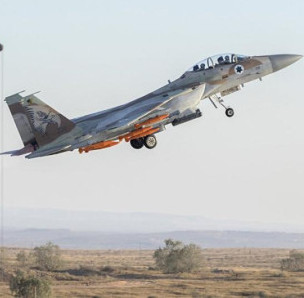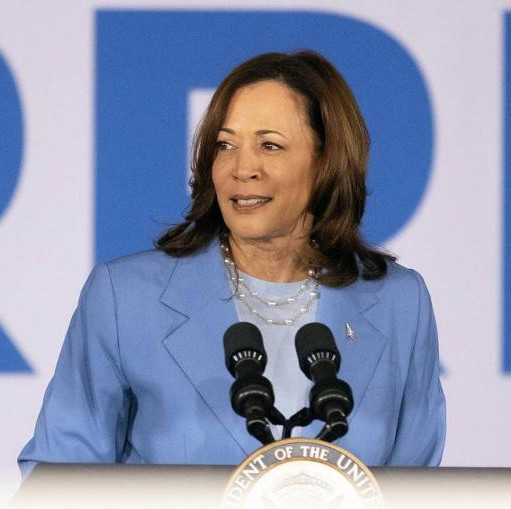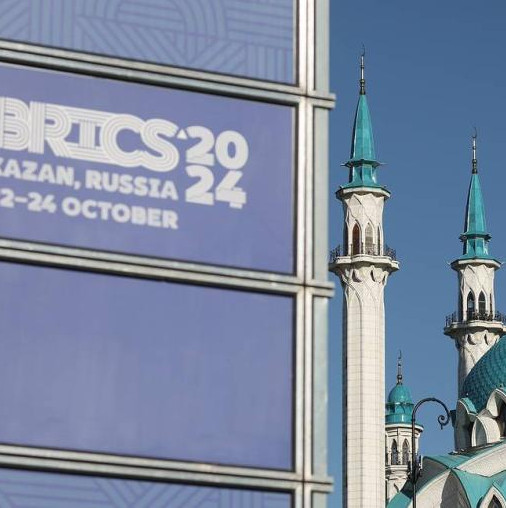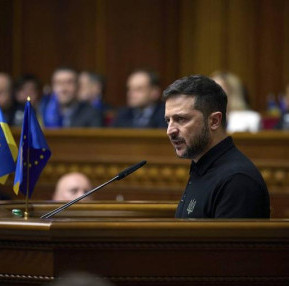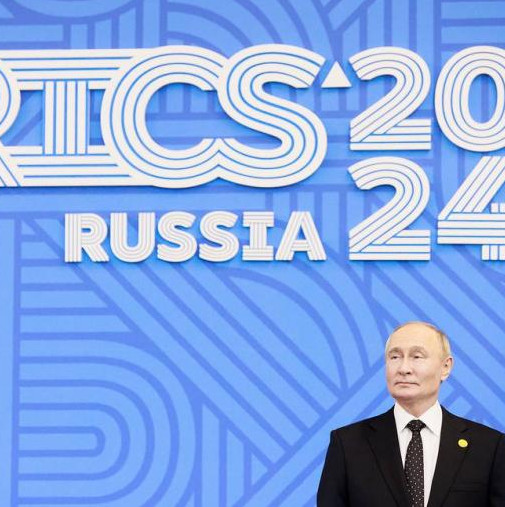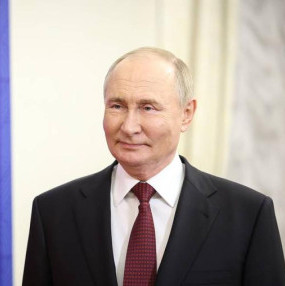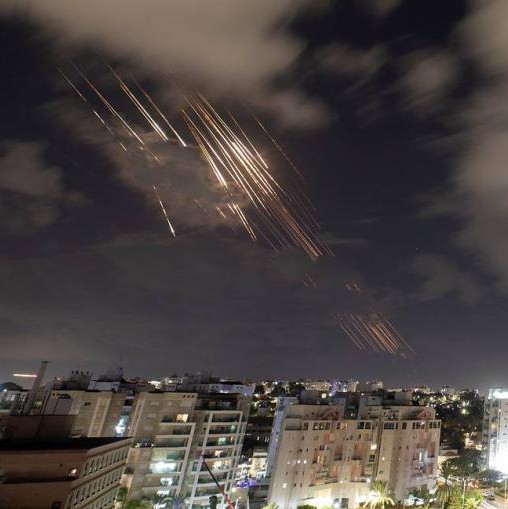September 3 saw Indian Prime Minister Narendra Modi speak as part of the online Eastern Economic Forum (EEF2021). It should be noted that the current Vladivostok forum coincided with the 50th anniversary of the Treaty of Peace, Friendship and Cooperation signed between the Soviet Union and India on August 9, 1971. The Treaty became a reflection of the two nations' common goals and agenda for strengthening both regional and global peace and security.
In this regard, the Indian prime minister's speech at the Eastern Economic Forum was not a fluke, and Narendra Modi had the opportunity to dwell on the highlights of present-day cooperation between Moscow and New Delhi one more time. In particular, he welcomed President Putin's vision for the development of the Russian Far East, and said India would be Moscow's reliable partner "in realizing this vision". Modi also recalled his 2019 visit to the Eastern Economic Forum, where he announced India's commitment to an "Act Far-East" policy. This policy is an important component of "our special and privileged strategic partnership with Russia", the Indian leader emphasized.
According to Modi, the COVID-19 pandemic has demonstrated the importance of healthcare and pharmaceutical sectors in bilateral cooperation between Russia and India. Energy is another important centerpiece of strategic relations. Speaking about energy, he said his country "envisages an energy and trade bridge from Yamal to Vladivostok and onward to Chennai (India's key east coast port – ed. note)." Such projects, according to Modi, provide greater connectivity along with the international North-South Corridor to bring India and Russia physically closer to each other.
In his speech, Narendra Modi also touched upon other areas of Russian-Indian cooperation. He said one of India's largest shipyards Mazagon Docks Limited will partner with its Zvezda counterpart for construction of some of the most important commercial ships in the world. The Indian Prime Minister said India and Russia are partners in space exploration through the Gaganyaan program and will also be partners in opening the Northern Sea Route for international trade and commerce.
Given that Moscow has recently been devoting much attention to the Arctic, which actually occupies 18% of Russian territories, year-round shipping along the NSR will only contribute to the region's successful development. Let us recall that the length of NSR pathways from the Kara Strait to the Providence Bay is over 5,6 thousand kilometers. Its alternatives are transport corridors running through the Suez and Panama Canals, as well as those circumnavigating the Cape of Good Hope. Regular NSR service will significantly reduce cargo delivery time to Russia's northern regions and to Europe from countries of the Indo-Pacific region (ITR).
Moreover, Narendra Modi proposed to unite the most important stakeholders (the regions of the Russian Far East and the relevant Indian states) within one platform and invited governors of eleven regions of the Russian Far East "to visit India at the earliest." This will presumably further strengthen ties between the Far East and India. Although many Indian enterprises are already operating in the Far Eastern Federal District. For instance, there are two diamond manufacturing units there, i.e. the KGK Group and M. Suresh Vladivostok. The Yankovsky production and logistics complex in the city of Artem involves, among others, the Indian JT LLC company engaged in packaging tea, adding flavorings to it and distributing the final product.
The Indian ONGC Videsh Limited company engages in the Sakhalin-1 project, possessing 20 percent of its shares. In the realm of oil and gas production, a consortium of Indian companies affiliated with Rosneft is involved in developing the fields of Yakutia. Besides, a number of Indian companies are actively involved in the import of coking coal from the Far East regions.
However, let's not forget that fruitful cooperation between Russia and India is not limited to the Far East alone. For example, the military-technical cooperation between the two countries, which comprises the backbone of our trade turnover, is still making good headway. Relations in other areas have also been developing successfully in recent years, despite the COVID-19 allowances. Thus, we have to state that our countries' trade turnover in late last year amounted to only $9.26 billion, which is 17.6 percent lower than in 2019. This suits neither of the sides. It is therefore planned to ramp up the Russia-India trade turnover to $30 billion by 2025. And this figure is not the limit, according to both Moscow and New Delhi.
A noteworthy detail is that Russia and India are not only connected by trade and economic relations: our countries actively cooperate in the international arena and keep abreast of world affairs. In this regard, Moscow and New Delhi are equally concerned about the situation in Afghanistan, where the Taliban movement (banned in Russia) has come to power. It is no coincidence that on August 24, Vladimir Putin and Narendra Modi discussed the issue by phone. Their conversation demonstrated both countries' adherence to a fundamentally common approach to the Afghan crisis, although their stances do not appear as a perfect match, in truth. However, the crucial thing is that both countries are interested in the speediest return to normal in Afghanistan, which would entail more stability worldwide.
Here it is appropriate to recall Narendra Modi's speech at the Eastern Economic Forum in 2019, in which he called interaction between India and Russia a necessary condition for creating a multipolar world. He said the following back then: "Both our countries understand that in order to achieve stability, we need a multipolar world. Our cooperation and coordination on this issue will be the required factors for achieving this world." To which end the two countries need to strengthen cooperation within the SCO, BRICS and other platforms, the Indian leader stressed.
In conclusion, I'd like to make a point of one more thing. What we currently observe in Afghanistan, Central Asia and the entire Indo-Pacific region is illustrative of the multipolar world that has come, where the United States is no longer the dominant player. Which, without any doubt, provides a supportive environment for further special and privileged strategic partnership between Russia and India.
